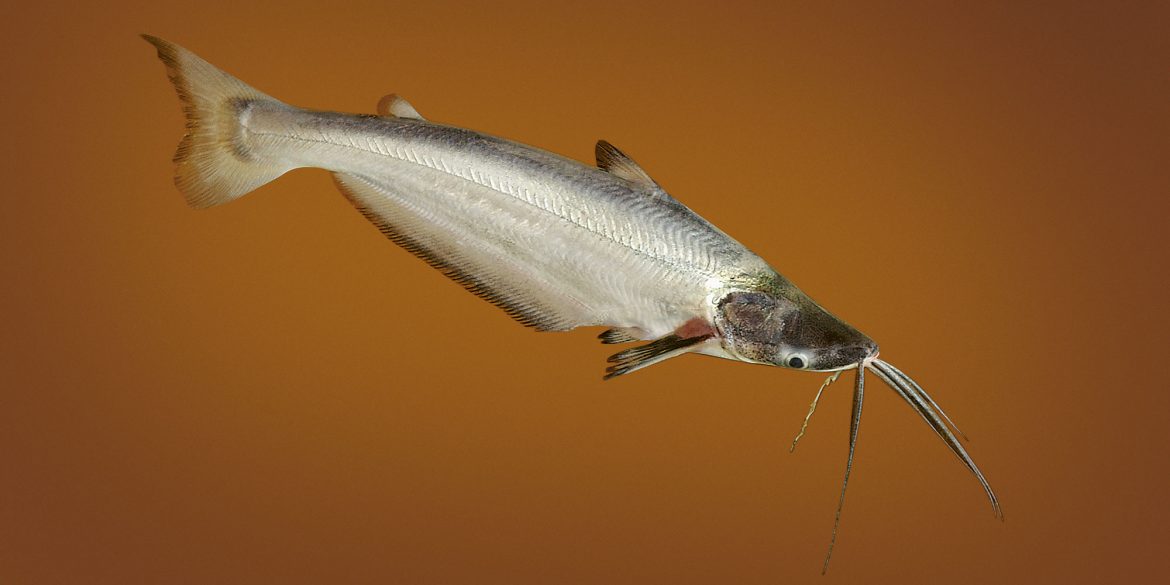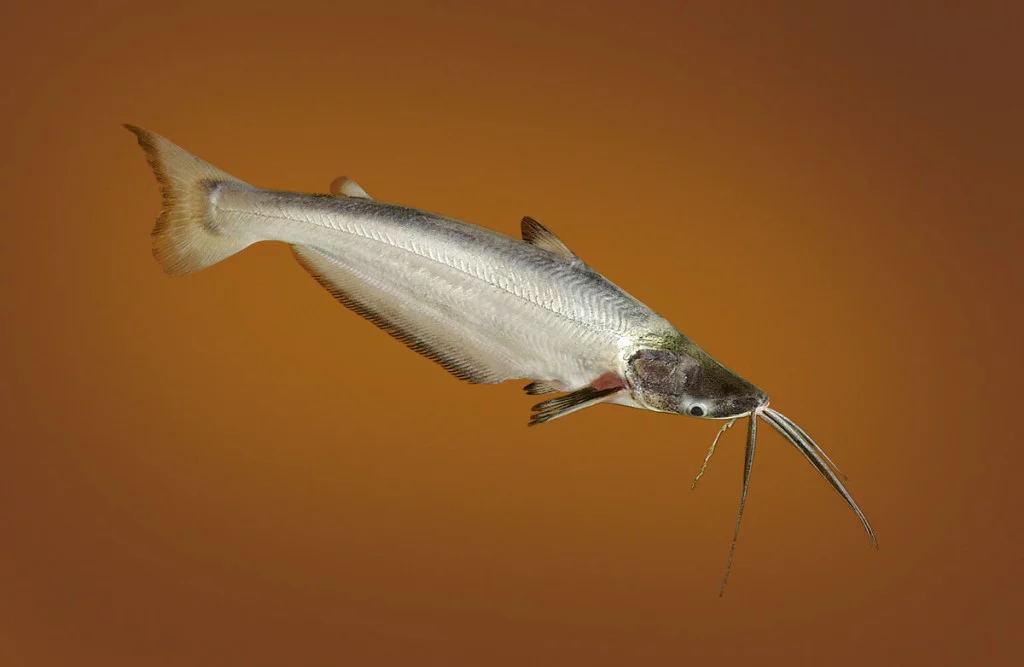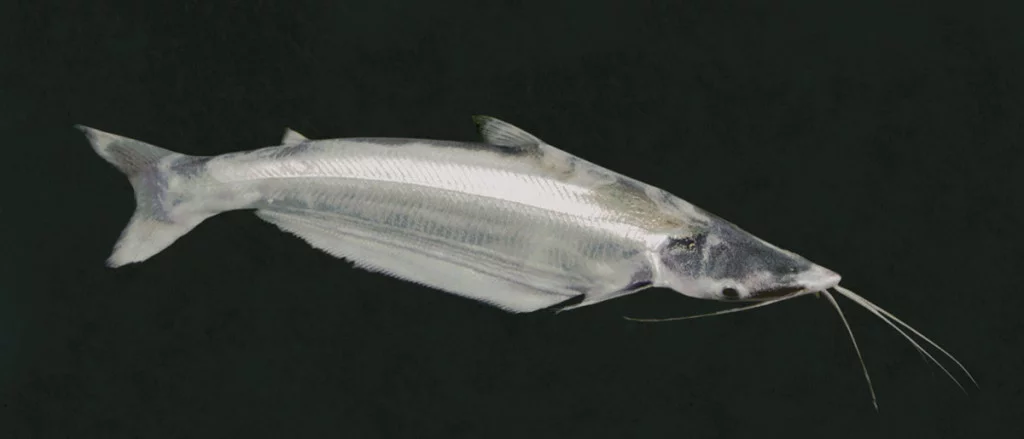
Length Category: Medium (40-100 cm)
Trophic Level: Planktivores
Migratory Pattern: Medium distance (100-1,000 km)
Spawning Period: Rising
Export Market: International (outside South America)
Market Status: Second class
Catch Distribution:
Maparás potential yield was estimated to be approximately 12,600 tons. Four important fishery regions accounted for 92% of potential yield: Tocantins (39%), Estuary (20%), Lower Amazon (18%) and Central Amazon (16%).
Natural History Notes:
Hypophthalmus marginatus and H. edentatus are the two species most commonly exploited. Mapará yields are closely linked to phytoplankton production in the mouth-bay lakes of the lower Tocantins River, lower Xingu River and large floodplain lakes. Mapará are popular food fishes because of their high fat content. These catfish are migratory but they are captured on a large scale only while migrating in the Tocantins River and perhaps in the Xingu River as well. Elsewhere they are taken when feeding on plankton in open waters. The closing of Tucuruí Dam resulted in a crash of mapará populations downstream of the impoundment but these seem to have somewhat recovered in the last few years.

Distribution of bocachico catch. Source: Barthem, R., Goulding, M. 2007. An unexpected ecosystem: the Amazon as revealed by fisheries. Missouri Botanical Garden Press.
-

MichaelGoulding_17625-4001-1024×667
Hypophthalmus edentatus. Fotógrafo: Michael Goulding
-

MichaelGoulding_01653-0001-1024×439
Hypophthalmus marginatus. Fotógrafo: Michael Goulding
| Brazil | |
| Mapará | Hypophthalmus edentatus |
| Mapa-racuii | Hypophthalmus edentatus |
| Mapará | Hypophthalmus marginatus |
| Mapa-racuii | Hypophthalmus marginatus |
| Mapará | Hypophthalmus fimbriatus |
| Mapa-racuii | Hypophthalmus fimbriatus |
| Colombia | |
| Mapara | Hypophthalmus fimbriatus |
| Mapara | Hypophthalmus edentatus |
| Mapara | Hypophthalmus marginatus |
| Peru | |
| Maparate | Hypophthalmus edentatus |
| Maparate | Hypophthalmus fimbriatus |
| Maparate | Hypophthalmus marginatus |

